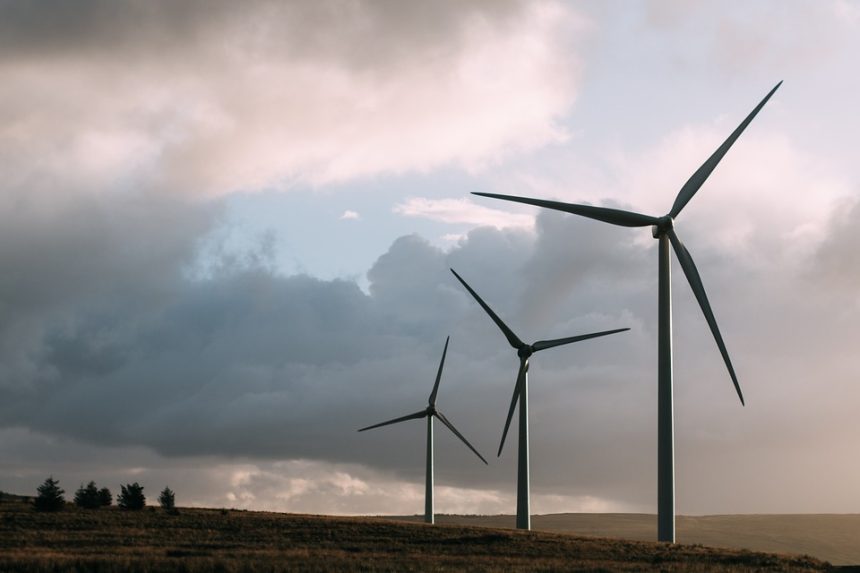As the world races against time to combat climate change and transition towards sustainable energy, wind energy has emerged as a frontrunner among renewable energy sources. Leveraging nature’s own power, wind energy offers an abundance of advantages: it’s clean, renewable, and, perhaps most importantly, increasingly cost-effective. The surge in investments from various sectors, bolstered by a growing recognition of environmental, social, and governance (ESG) principles, is playing a crucial role in navigating the wind energy revolution. This blog post delves into current market trends, highlights major players such as Greenbacker, and explores the future of green energy funding.
Market Trends Driving Wind Energy Investment
-
Increased Demand for Renewable Energy:
Global awareness around climate change and fossil fuel exhaustion has sparked an unwavering demand for green energy solutions. According to the Global Wind Energy Council, the world’s total wind power capacity reached over 743 GW in 2020, with forecasts suggesting continued growth through 2025 and beyond. -
Falling Costs of Wind Energy:
Due to significant advancements in technology and economies of scale, the cost of generating electricity from wind power has plummeted in the past decade. According to the International Renewable Energy Agency (IRENA), the global weighted average levelized cost of electricity (LCOE) for onshore wind projects fell by 39% between 2010 and 2019. This price trend highlights the viability of wind energy as a competitive alternative to natural gas and coal. -
Government Policies and Incentives:
Robust governmental support for renewable energy through tax incentives, grants, and favorable regulations is another key factor driving investment. Countries like the United States, China, and various European nations have implemented strategic policies focused on ramping up wind energy production as a vital component of decarbonization strategies. -
Corporate Sustainability Mandates:
Corporations are increasingly setting ambitious sustainability goals, such as net-zero emissions by 2050. This shift has led to considerable investments in renewable energy projects, with many companies entering power purchase agreements (PPAs) with wind farms to secure long-term green electricity supply. - Financial Innovation and Green Financing:
Innovative financing mechanisms have arisen, facilitating easier access to capital for wind energy projects. Green bonds, climate funds, and sustainability-linked loans are popular vehicles through which investors can funnel money into renewable energy ventures, minimizing risks while simultaneously promoting sustainability.
Major Companies Fueling the Wind Energy Sector
One notable company making waves in the renewable energy space is Greenbacker Capital. Founded in 2011, Greenbacker is committed to investing and managing a diversified portfolio of sustainable infrastructure projects, with wind energy being a cornerstone of their investment strategy.
Greenbacker Capital: Leading the Charge
-
Investment Strategy: Greenbacker’s investment model focuses on generating value through ownership and operational management of renewable energy assets, focusing on both utility-scale projects and smaller installations. Their portfolio includes over 300 MW of wind capacity and a mix of solar and energy storage projects, underscoring a holistic understanding of the energy sector.
-
Commitment to Sustainability: Greenbacker champions the transition to a low-carbon economy, empowering investors to align their portfolios with their values. By targeting assets that have a low environmental impact and deliver reliable returns, the firm attracts a growing base of socially conscious investors.
- Market Influence: With a reputation for excellence in project underwriting and execution, Greenbacker catalyzes interest among institutional investors in wind energy assets, creating a virtuous cycle of funding and project development.
Other Major Players in Wind Energy
-
NextEra Energy: One of the world’s largest producers of wind and solar energy, NextEra has a diversified portfolio and a relentless commitment to expanding renewable capacity.
-
Vestas Wind Systems A/S: A leading global manufacturer of wind turbines, Vestas is instrumental in innovating turbine technology and optimizing offshore and onshore wind farms.
- Siemens Gamesa Renewable Energy: This company specializes in wind turbine manufacturing and maintenance, enhancing the operational efficiency and lifecycle management of wind projects.
The Future of Green Energy Funding
As we look to the horizon, the future of funding for green energy, particularly wind power, appears bright. Several trends are set to shape the landscape:
-
Digital Transformation and Data Analytics:
The integration of data analytics, artificial intelligence, and IoT in wind energy projects can optimize efficiency and reduce costs. Investors are keen on deploying technology to maximize yield and minimize downtime. -
Decentralized Energy Production:
The shift towards decentralized energy models, including community wind projects and microgrids, opens up new avenues for investment, allowing local communities to benefit from renewable energy generation. -
Increased Investment in Offshore Wind:
Offshore wind projects are gaining traction as technology matures and awareness of its potential increases. Investors are beginning to pour capital into this burgeoning segment, anticipating significant returns as these projects come online. -
Emerging Markets:
Developing countries are recognizing the importance of renewable energy to drive sustainable economic growth. As such, they are beginning to attract foreign investment in wind energy infrastructure to enhance energy security. - Public-Private Partnerships:
Governments are increasingly leveraging public-private partnerships (PPPs) to fund renewable energy projects. This collaborative approach combines public funding and private expertise, accelerating project development and delivery.
Conclusion
The wind energy revolution is not only a response to the climate challenge but also an investment opportunity that is reshaping the financial landscape. Investors like Greenbacker Capital are leading the charge, demonstrating that profitability and sustainability can coexist harmoniously. Amid the evolving market dynamics and robust governmental support, the future of wind energy funding looks promising, beckoning investors to become key players in this extraordinary energy transition. As we continue to navigate the complexities of climate change, the wind energy sector will undoubtedly prove its worth as a cornerstone of a sustainable energy future.


